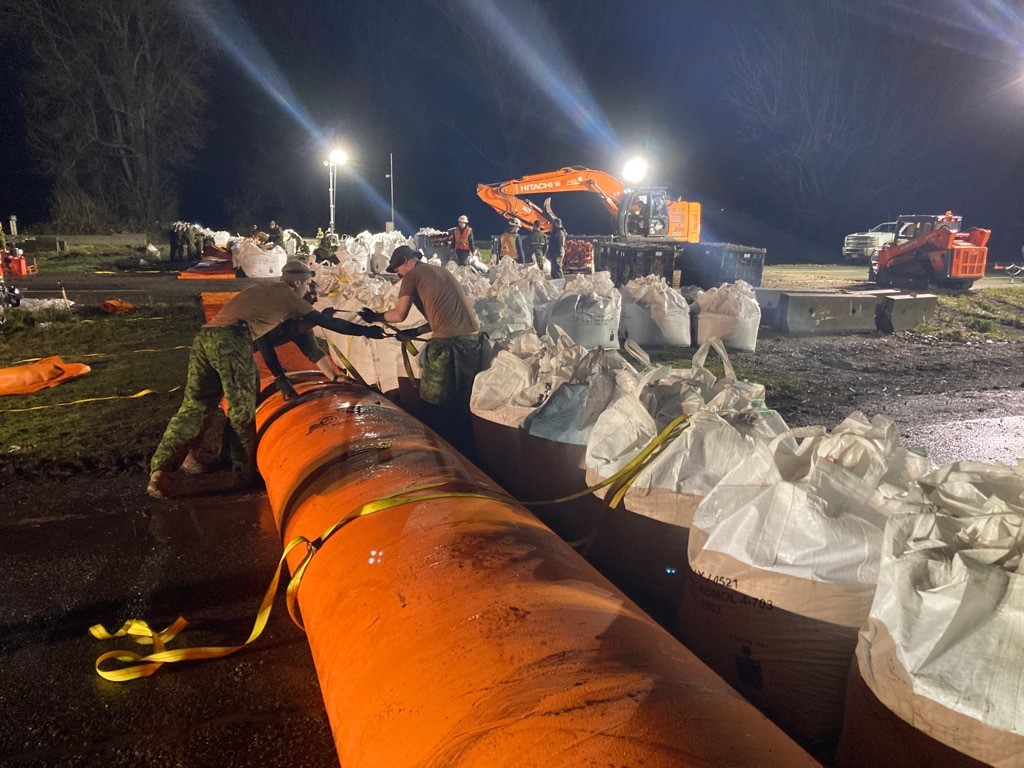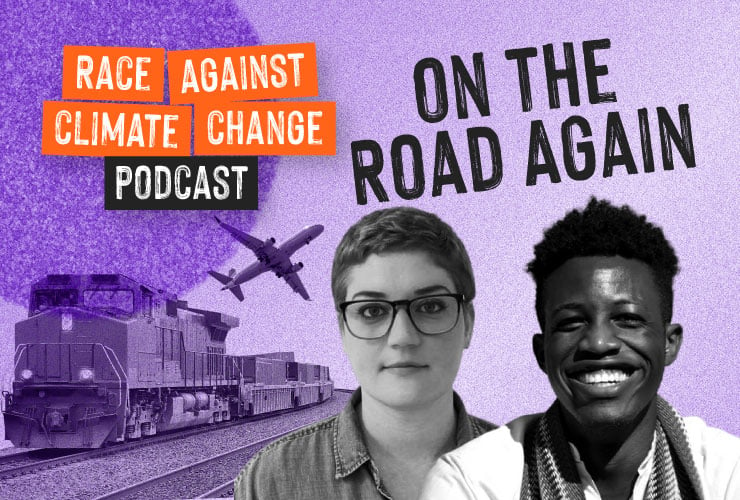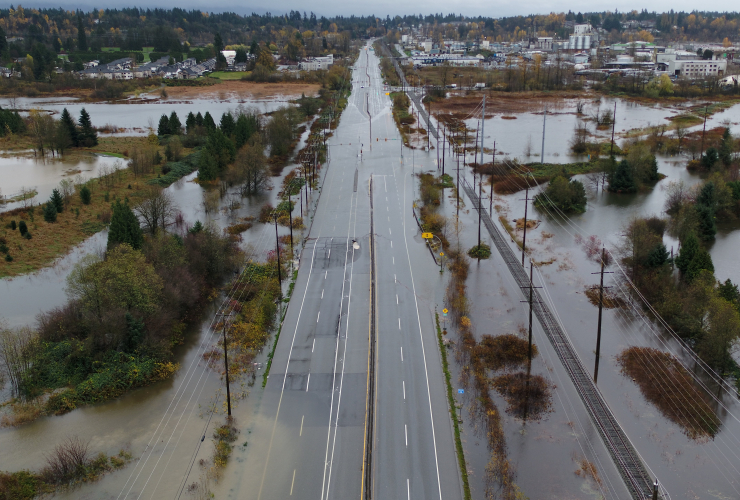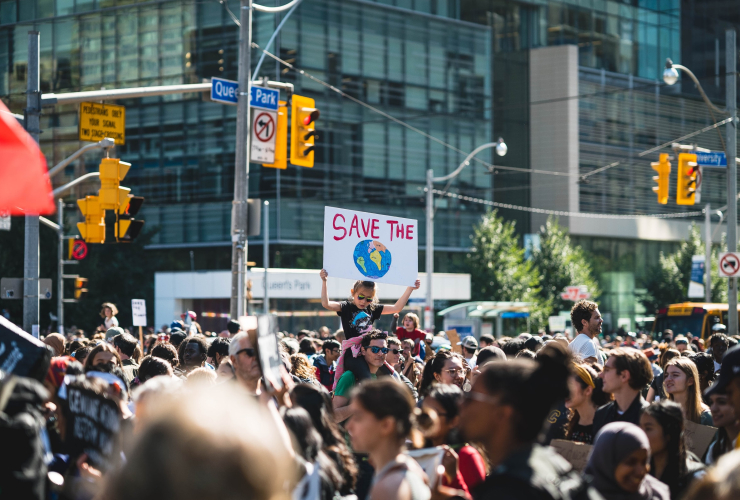Natural disasters strike across the globe, but in the second half of 2021, British Columbia has had more than its share, starting with a heat wave that was the “deadliest weather event in Canadian history,” according to Sarah Henderson, scientific director of the BC Centre for Disease Control, while provincial Health Minister Adrian Dix described it as a "one-in-a-1,000-year event." Over 500 people died as a direct result of the extreme temperatures.
One victim of the B.C. heat dome was the village of Lytton. David Phillips, senior climatologist with Environment and Climate Change Canada, referring to the devastation of the heat wave, lamented that “it’s almost biblical.” On June 29, for the third straight day, temperatures soared again, with Lytton baking under a high of 49.6 C.
Such a temperature — 50 C — had never been seen before above the 50th parallel north (Lytton = 50° 13′ 52″ N). Lytton made headline news around the world, appearing in the Guardian, BBC, CNN and the Washington Post, among others, and trending on Twitter, including tweets from the World Meteorological Organization, UNFCCC and Greta Thunberg, to name a few.
Then, on June 30, a wildfire engulfed Lytton.
While addressing the COP26 summit in Glasgow on Nov. 1, Justin Trudeau spoke of the tragedy:
“In Canada, there was a town called Lytton. I say 'was' because on June 30, it burned to the ground. The day before, the temperature had hit 49.6 C, the hottest ever recorded in our country.”
However, his reference “was a town” caused a stir among its proud residents, as the devastated village was going to be rebuilt, which the village council confirmed on Nov. 8 at the Lytton Community Meeting.
But more was yet to come for British Columbia.
This time, the “natural” disaster was not a heat dome but an atmospheric river, with many areas of southern B.C. receiving a month’s worth of rain in just two days (Nov. 13 to Nov. 14). Premier John Hogan described the flooding in the region as a “once-in-500-year event.” The record rainfall caused fatal flooding and mudslides; major highways were washed out, and travellers were stranded, some for days.
Just two weeks later, the atmospheric river was back this past weekend with more record rainfall and flooding, extending the havoc in southern B.C. And Environment Canada has now warned of heavy rain for northern Vancouver Island and the Central Coast over the next few days.
Climate change is a factor in these extreme weather events. An opinion piece on the tragedy in Lytton was titled “Climate change is killing us.” And another article, “That Heat Dome? Yeah, It’s Climate Change,” was written by climate experts Michael E. Mann and Susan Joy Hassol:
“Might a heat dome have developed out West this past week without climate change? Sure. Might it have been as extreme as what we’re witnessing without climate change? Almost surely not … With this latest heat wave, Canada observed its hottest day on record: 116 degrees in British Columbia … The science is clear on how human-caused climate change is already affecting heat waves.”
Numerous studies have also found climate change influences atmospheric rivers. Yale scientists recently reported:
“While the increase of 20 millimetres per month of precipitation itself is meaningful, perhaps the greater impact comes from the increases in extremes … Atmospheric rivers already pose substantial storm and flood hazards, but these hazards are expected to increase dramatically.”
Of course, B.C. is not the only region affected by extreme weather events. According to NASA, globally, “there were 22 separate weather and climate-related disasters last year when the overall damages/costs for each reached or exceeded $1 billion,” and science has found that climate change was linked to most of them. The article concluded: “There’s increasing confidence that human-induced climate change is making extreme events statistically much more likely.”
Weather has always been unpredictable but with climate change, more communities will be subjected to extreme disasters more often. What was once-in-a-lifetime may happen once a decade. We are learning the hard and painful way just how costly adaptation will be as we continually fail to reduce greenhouse gas emissions.
Along the way, we probably will be exposed to ever newer weather terms to add to the ones now familiar to us: heat dome, atmospheric river or pineapple express, polar vortex, bomb cyclone or weather bomb, which sound like they are from a low-budget disaster or sci-fi movie instead of real life.
Of course, climate change does not directly ignite fires or cause a heat dome or an atmospheric river, but climate change makes extreme weather worse and more likely. Natural disasters are not as natural as they used to be.
The problem of these not-so-natural weather events was recognized in the recent throne speech:
“Our Earth is in danger. From a warming Arctic to the increasing devastation of natural disasters, our land and our people need help…
As we speak, British Columbians are facing immeasurable challenges as their homes, their communities, and their well-being are impacted by terrible flooding…
And to address the realities communities across the country already face, the government will also strengthen action to prevent and prepare for floods, wildfires, droughts, coastline erosion, and other extreme weather worsened by climate change. The government will be there to build back in communities devastated by these events. This will include the development of Canada’s first-ever National Adaptation Strategy.”
Adaptation is necessary, not just for Canada, but globally, since policies for mitigation have been implemented too slowly by most of the developed world. Nevertheless, mitigation is still mandatory, unless we want to keep throwing money at adaptation forever.







Comments